Mumbai: Maharashtra is accelerating efforts to solarise agricultural feeders, with Avaada Group developing over 1,132 MW of decentralised solar capacity under the state’s Mukhyamantri Saur Krushi Vahini Yojana (MSKVY) 2.0.
Launched in 2017 and later expanded under “Mission 2025,” MSKVY aims to ensure consistent daytime electricity for agriculture by building solar plants near rural substations. The government’s broader objective is to solarise 30 per cent of agricultural feeders, or roughly 7,000 MW, by the end of 2025.
Avaada’s projects span 11 districts, including Nashik, Pune, Yavatmal and Ahmednagar. These solar plants, ranging from 0.5 MW to 25 MW, are located within a 5–10 km radius of agricultural substations to enable direct power supply to farms.
According to data from Maharashtra State Electricity Distribution Company Limited (MSEDCL), the initiative reduces dependence on erratic grid supply and diesel generators, providing more reliable irrigation options for farmers.
The scheme operates on a decentralised model, where private developers supply power to MSEDCL at a fixed tariff. Landowners can lease low-yielding or barren land for solar installations, reportedly earning up to Rs 1.25 lakh per hectare annually.
Beyond income generation, the scheme has created jobs in rural areas, especially during the construction and maintenance phases. Local gram panchayats hosting the projects are also earning rental revenue, which is being diverted into village-level infrastructure development, as per state government sources. Avaada is sourcing around 875 MW of solar panels from manufacturing facilities within Maharashtra.
This aligns with the state’s “Make in Maharashtra” policy and supports local manufacturing, though the specific impact on unit costs or employment remains to be evaluated.
Also Read –
CMPDIL to Oversee Solar Projects for ECL to Support Net Zero Plans












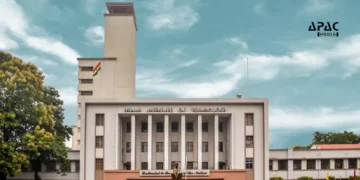
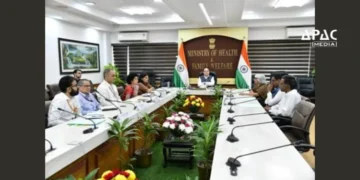
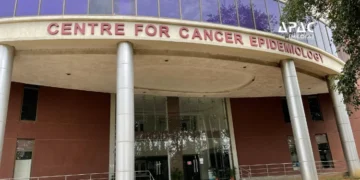

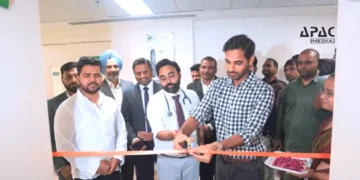

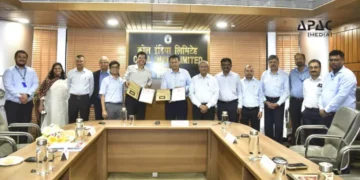
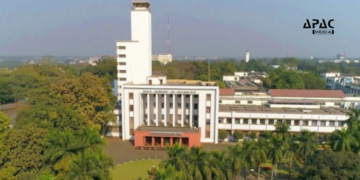

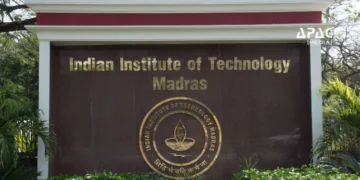
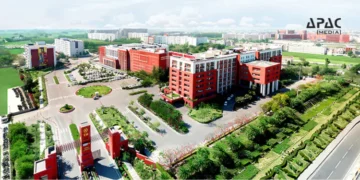
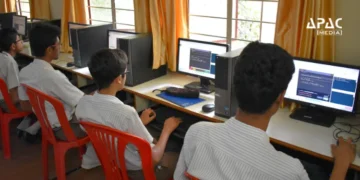
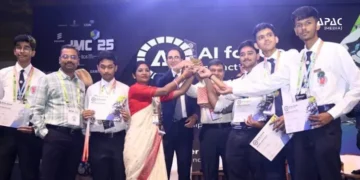
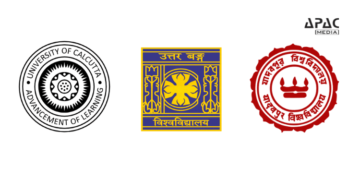

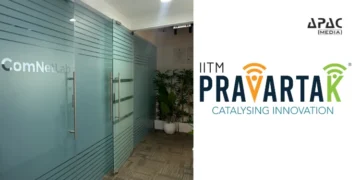
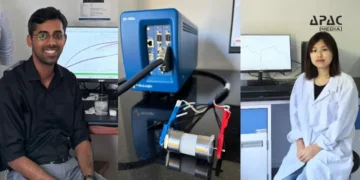
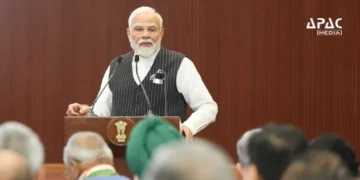

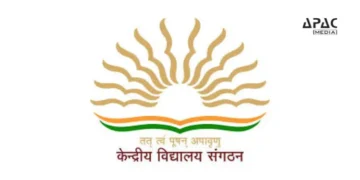

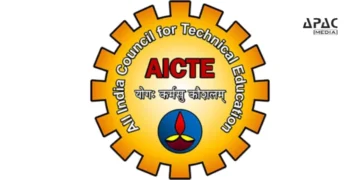




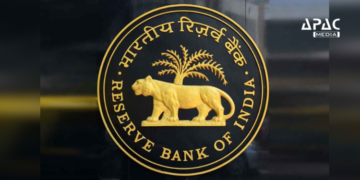
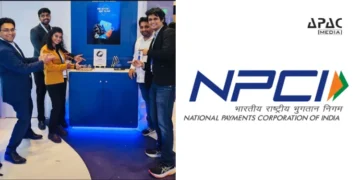



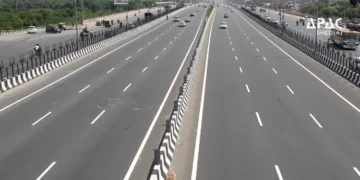

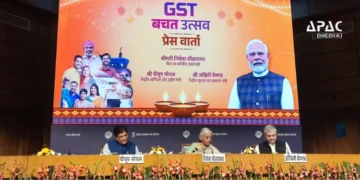
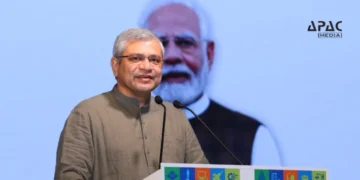
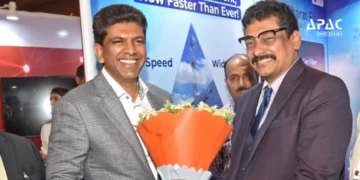
















Discussion about this post